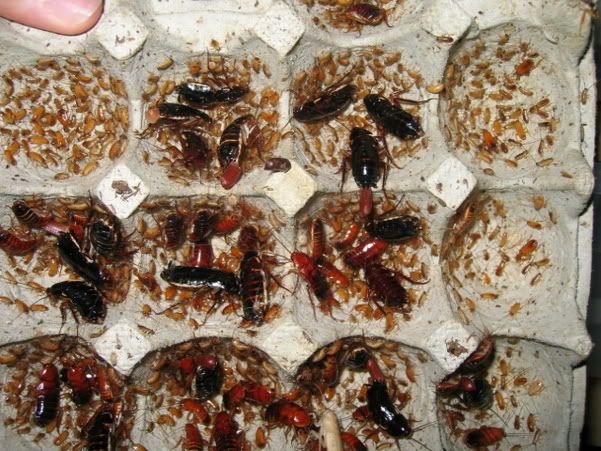Hello ALl!
Very useful thread.
Sorry to reincarnate it but I want to know what others use as a brumating box as i have to remove mine for brumation from living room.
I use the box with maist soil where i put my levis and wheeleri. Shall i keep himidity high for them or it is not bad if the soil dry out?
Or should i remove them and keep outside the soil in paper or any other else content of the box?
Thanks in further.
Last year i lost my adult milii by apparent reason i still not realize which one ;( so i do not want to do it with my nephrurus anymore.
please, i need advice from more experienced keepers like you, friends!
Do you think also they are enough good for 1 month+ hibernation period?
N. l.levis
N. wh. cinctus





